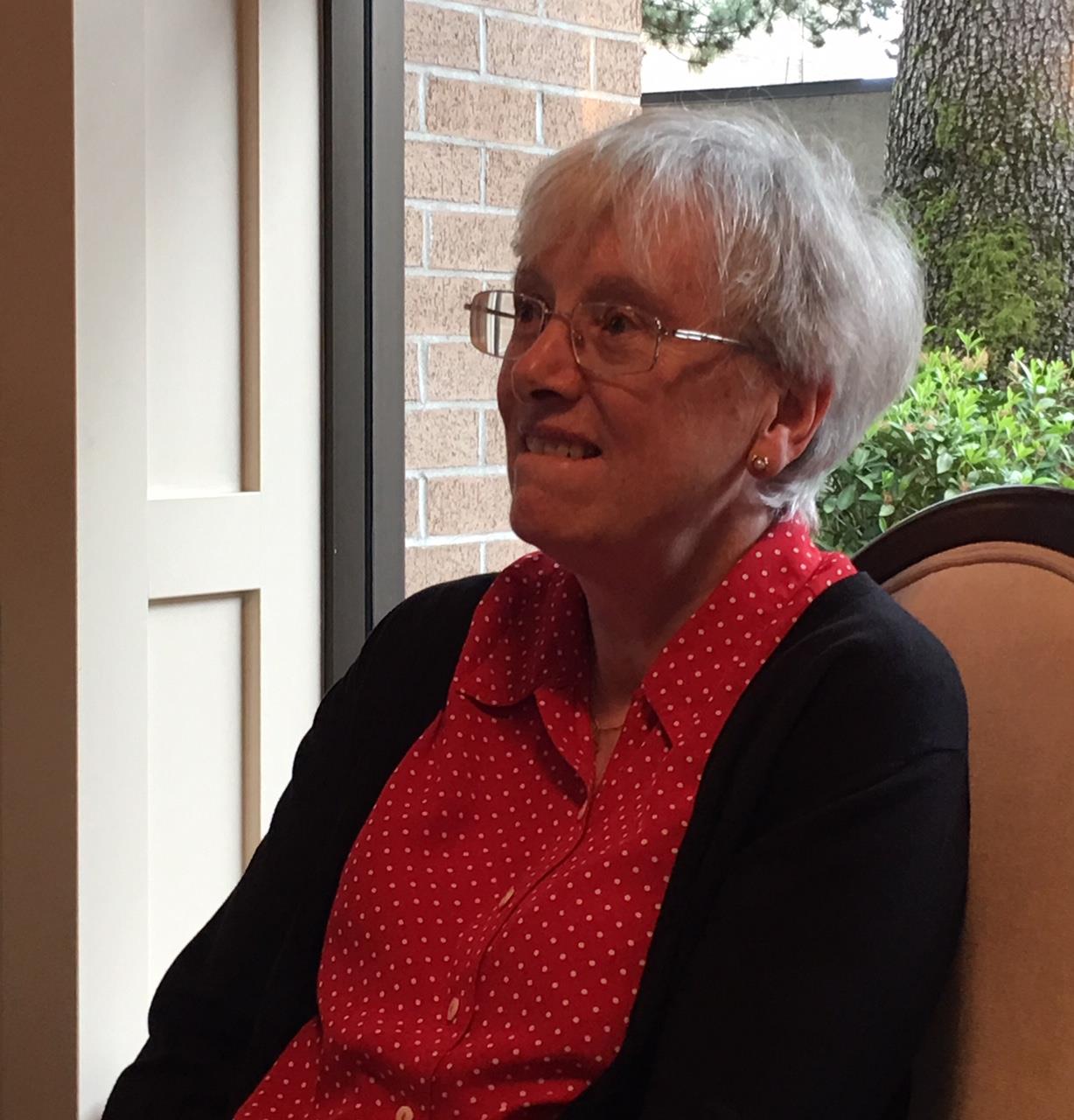
Imaging used to study anatomy and organ function are:
- Radiation useslight, heat, ultraviolet rays, microwaves, radio waves and electric current.
- Ionizing radiationis used in x-ray and nuclear medicine – discharge of particles such as electron form an atom.
- Radioisotopes or radionuclideare unstable form of a chemical element that releases radiation as it breaks down and becomes more stable. Different isotopes bind to different tissues.
- Tomographyis imaging by sections or slices.
- Contrast mediumare substances ingested or injected to increase delineation of structures (ex. Barium, iodine, gadolinium).
Examples of medical imaging using ionizing radiation are:
- X-ray: radiography is used for static 2D imaging of areas such as chest, skull, hand, etc. Usually, at least two perpendicular views are taken for better evaluation.
- Fluoroscopylooks at the structure in movement or continuous motion to study gastro-intestinal tract (esophagus, stomach, bowel) and blood vessels (angiography), the spinal fluid (myelography).
- CT scan combines the x-ray beam with powerful computer calculations.
- Nuclear medicine uses short acting man-made radioisotopes of various elements to selectively accumulate in tissues, in order to study function or locate disease. Some examples are bone scan with technetium-99 to look for spread of cancer to bone, or thyroid scan with iodine-131 to locate hyperfunctioning nodule.
- PET scan uses very short acting isotope of glucose to locate very active cells, such as cancer cells. CT scan or MRI are superimposed at the same time to locate deposits in space, as 3D image reconstructions.
Examples of treatment using ionizing radiation (radiation therapy) are:
- External radiation therapy, also called external beam radiation therapy uses high powered beams of energy to kill cancer cells.
- Internal radiation therapyputs radioactive substances into the body. Needles or “seeds” can be inserted in tumour tissues. Radioisotope such as iodine 131 can be swallowed to treat an overactive thyroid gland or thyroid cancer.
Examples of medical imaging and/or treatment without inonizing radiation:
- Ultrasounduses sound waves to distinguish solid from fluid. It is used to guide biopsies, various tube insertions, locate brain or spinal cord abnormalities intra-operatively. Obstetrical ultrasound is used to study fetal development. Echocardiography is used to study heart. Duplex ultrasound is used to check blood vessels in extremities and neck. Lithotripsy is used to turn kidney stones to sand.
- MRI (magnetic resonance imaging) uses radio waves and powerful magnets combined with computers to produce images of soft tissues, including bone marrow. MRI of brain and spinal cord looks for signs of blood vessel damage, brain injury, cancer, stroke.